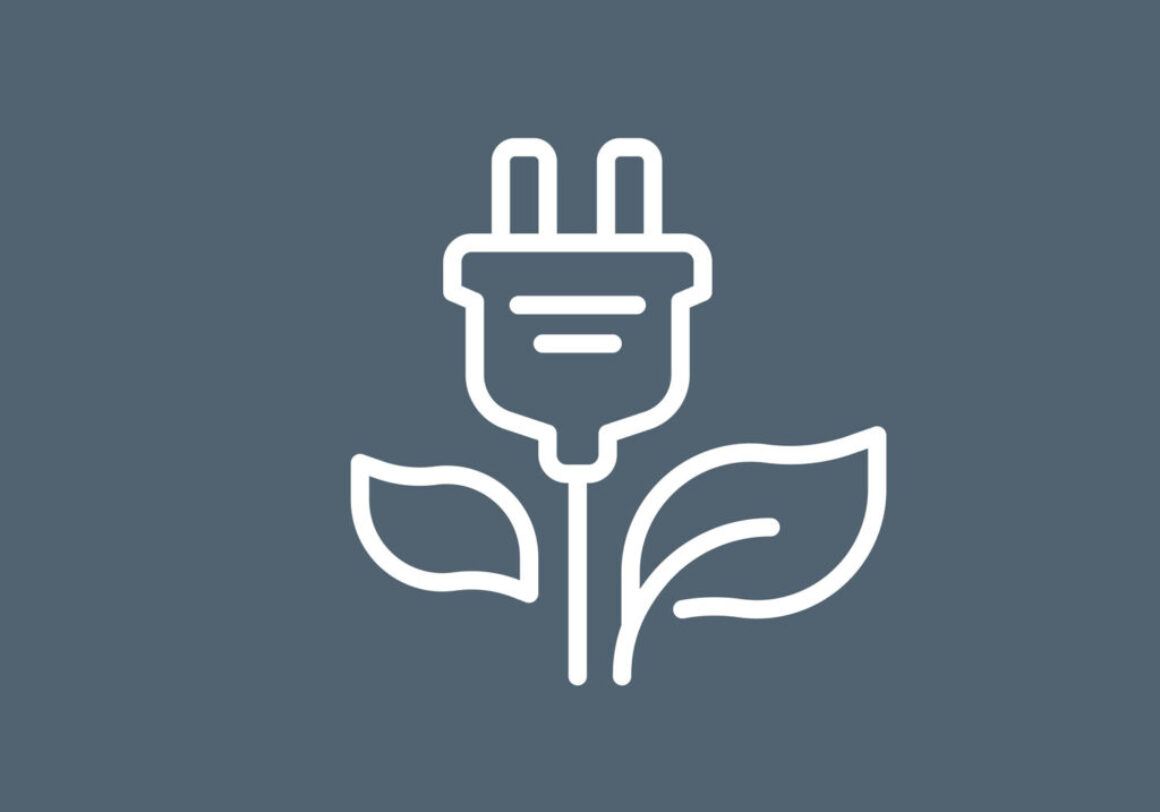Use of biopolymers obtained, for example, from food waste in flexible packaging
New materials from new resources: a bioplastic has been developed using the main protein from milk by-products, casein, which is renewable, biodegradable, edible and compostable. Dissolving it in water does not lead to any toxicity. It finds major applications in the packaging of single-dose products (solid/powder/tablets/liquids) and for hospital laundry bags.
ABOUT: Lactips
The idea of using seaweed in the composition of packaging material originated in Indonesia, the world’s second largest contributor to the problem of plastic waste in the oceans, with the added interest of helping the local economy, in particular Indonesian seaweed farmers. The outer layer is smooth, just like plastic, but the inside is rough; its characteristic is that it can totally dissolve in the environment or be eaten with the product!
ABOUT: Evoware
This experiment aims to explore the possibilities of using microbial cellulose, produced through the fermentation (culture) of bacteria and yeasts with fruit and vegetable waste in the field of packaging and disposable products. The end product is a translucent sheet of material, the result of a ‘closed-loop’ system through a zero-emission process.
ABOUT: From Peel to Peel
This flexible film is formulated from chitin that has been extracted from the shells of crustaceans (mainly langoustines caught in Scottish fisheries) resulting from processing. It has antimicrobial properties, with the ability to extend the shelf life of fresh fish by up to 40%. This solution not only provides a ready-to-use circular economy by giving value to what would have been a waste material and at the same time eliminating single-use plastic from the food system, but also helps to protect food for sale and reduce waste sent to landfill.
ABOUT: Cuan Save


